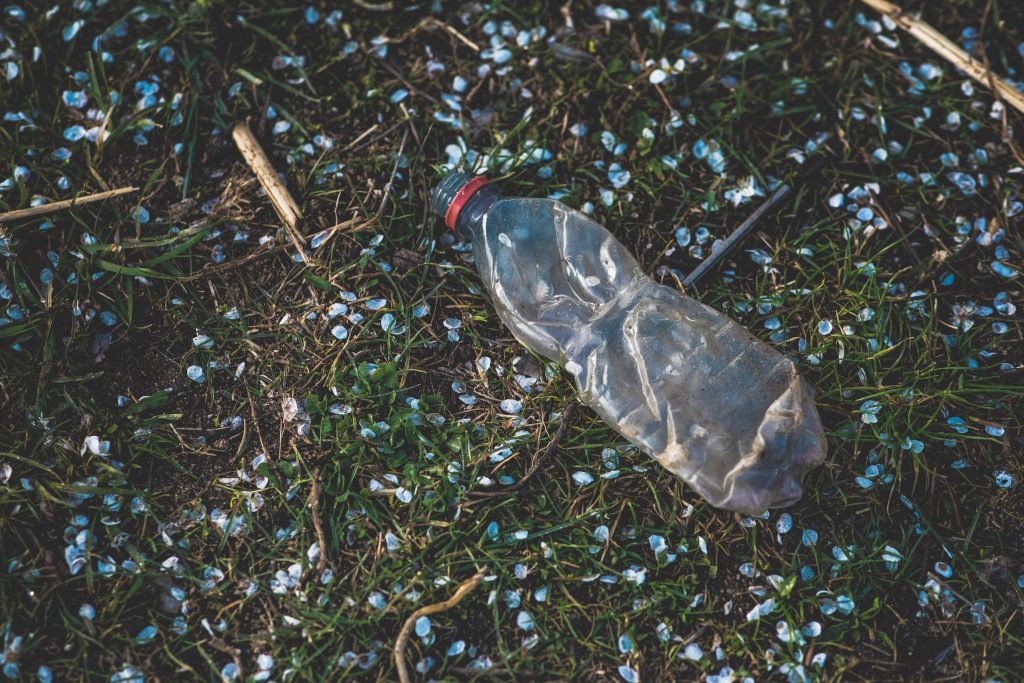Seeing the openness and willingness to learn among the people at the Plastic Recycling Show Europe was great. However, one word missing in the conversations is an important one: The circular economy.
To reduce the pressure on the environment, tackle climate change and reduce dependence on fossil fuels, the transition towards a circular economy is crucial. The big challenge is on how to get there. Plastic recycling has a central role in this, and one of the essential things in this transition is recycling quality.

Figure 1
How is recycling quality currently defined?
There are nine keywords/phrases now being used regarding recycling quality:
| Keywords presently used to describe quality | Definitions |
| Impurity content | Is the content of untargeted materials or substances in a targeted waste stream. |
| Technical quality | Is a combination of the mechanical properties and the Melt-Flow Index (MFI) or a similar property which describes the molten plastics’ flow behaviour. |
| Technical properties | Are the properties that give the material the ability to function according to the required specification. Typically combines mechanical and processing characteristics. |
| Function/functionality/ functional recycling | Is a defined set of physical and chemical properties that made the material desirable in the first place – recycling them in such a way that preserves them. |
| Resource dissipation | Is the yield loss of material humanity can’t use anymore. |
| Substitutability | Is the degree to which a material is replaceable by an alternative resource or product (e.g. percentage of virgin plastics replaceable by recycled plastics without loss of function). |
| Circularity potential | Is how well a single recycling fraction can fulfil quality demands in a closed loop (e.g. how many cycles can the fraction go through before becoming unfit for purpose). |
| Downcycling / upcycling | A recycling process wherein a material is used in a product of lower market value instead of in a similar or higher market value product. |
| Closed-loop vs open-loop recycling | Closed-loop is a recycling process to reuse the recycled material for the same market application as in its previous life cycle. Open-loop means a different market application than the last cycle. |
The definitions all define pieces of quality for a recycling process, with some taking a system view and others looking more towards the material itself as well as the properties relevant for the production of products.
How do we properly define recycling quality?
Currently, recycling quality is a vague term. Everyone has a different interpretation due to the lack of a clear definition, as seen in the current variety of meanings. One of the causes is that what is good and bad quality is driven mainly by the use-case of the plastic. Thus a recyclate can be very well suited for one use-case/application and be unsuitable for another. This current measure of quality takes a single recycling loop into account. Yet, when going fully circular, the material will go through the loop several times and be less suitable to substitute virgin plastics. Hence, preserving the plastic’s functionality while considering the targeted application gives a good indication of the quality of a recycling process.
Figure 2: Quality seen through the lens of different waste treatment options [source].
How to measure recycling quality
The mechanical properties such as the elastic modulus in the transverse and machine direction, impact strength, and tear strength are important factors. And are very much dependent on the impurities that are present in the material. E.g., an HDPE/PP blend can quickly become brittle, dependent on the relative fraction of each polymer in the mix. In comparison, other PE types have a different mechanical profile in combination with PP.
Figure 3: Degree of mixing at the polymer blend interface: (a) compatible polymer blends with a mixed amorphous interface and (b) immiscible polymer blends with clear phase separation [source].
Determining the different subtypes and the fractions present is essential to properly determine the quality of plastic waste at various steps in the value chain, instead of only indicating the main polymer types (e.g. PE, PP) present in a stream. The amount of impurities defines the technical characteristics that give the material functionality for a specific application. By reliably measuring the quality, we know the process’s performance, enabling the opportunity to improve. Reliable quality and transparency depend on the data that players among the value chain share. Hence data reliability and transparency form the bedrock of a circular economy.
Conclusion
Recycling quality is currently already an important topic and will become more critical in the coming years as we go towards a circular economy as a society. As a topic, it deserves more attention, as a clear definition helps determine what goes well and what does not. This definition of recycling quality should take both the system and the material perspective into account within the boundaries of a circular economy.
Measuring quality means you can improve it. Taking a step toward a more data-driven recycling process means taking further steps toward Recycling 2.0 and a circular economy.
Nigel Visser
